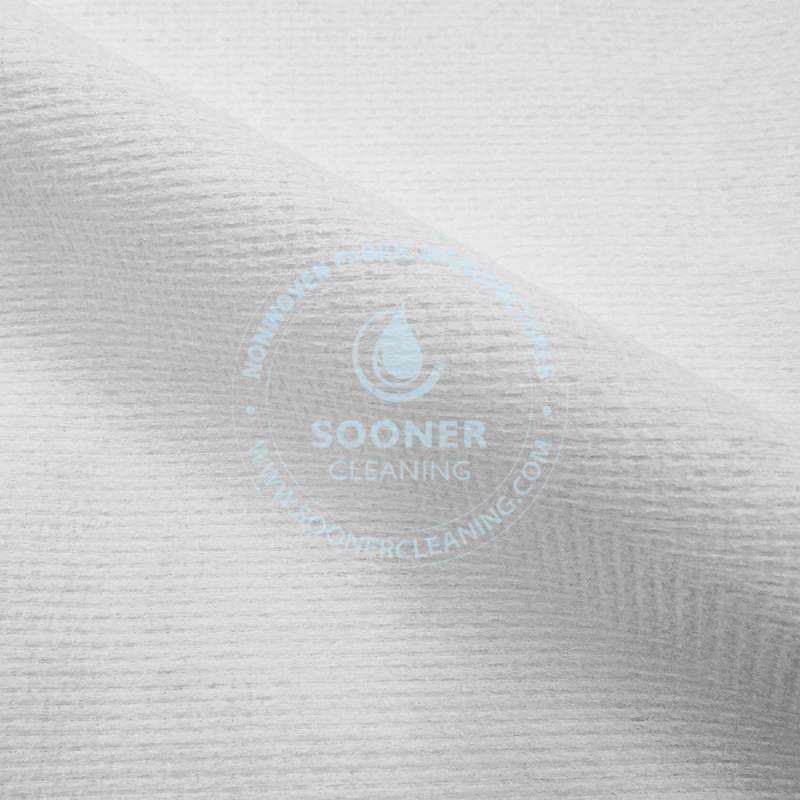‘How can
high-friction nonwoven materials improve the anti-slip performance of products? This article provides an in-depth analysis of its characteristics, industry application scenarios and selection tips to help you accurately match the needs of industrial, medical, packaging and other fields.’
I. What is high-friction nonwoven material?
Definition: made of wood pulp polyester and other fibres through the hydroentanglement process, the surface style friction is strong functional nonwoven.
High coefficient of friction (higher than ordinary nonwoven fabrics)
Abrasion and tear resistance (for frequent contact scenarios)
Breathable and anti-slip at the same time
Customised thickness and surface texture
II.the 7 major application scenarios of high friction nonwoven material
Automotive industry: seat anti-slip pads, boot anti-slip pads
Medical field: anti-slip layer for packaging of surgical instruments, rehabilitation aids grips
Industrial packaging: anti-vibration liner for precision instruments, non-slip tray for heavy equipment.
Household goods: carpet backing, non-slip drawer pads
Logistics and transport: non-slip lining for containers (data: reduce cargo loss rate by 15%)
Sports equipment: yoga mats, fitness equipment grip covers
Environmental protection: non-slip geotextile (slope reinforcement project)
III.how to choose high friction nonwoven material?
Key parameters:
Friction coefficient (ASTM D1894 standard test)
Grammage (80-200g/㎡) and thickness
Temperature resistance range (-20℃ to 120℃ applicability)
Selection Misconceptions to avoid the pit:
Myth 1: The higher the coefficient of friction, the better → need to balance cost and performance
Misconception 2: Ignore environmental factors (such as humidity affects non-slip)
Supplier screening recommendations:
Require SGS/ISO certification
Prefer companies that support customised textures
IV. Industry Frequently Asked Questions FAQ
Q1: What is the difference between high friction non-woven material and rubber anti-slip mat?
A: More lightweight, breathable and environmentally friendly (no plasticisers), but higher cost.
Q2: How to test the actual anti-slip effect of the material?
A: Use the simple tilt method to test yourself.
Q3: Are there recyclable high-friction nonwovens?
A: Yes, the polypropylene base material is 100% recyclable and meets EU REACH standards.
V.Closing Call to Action (CTA)
‘Need customised high friction nonwoven materials? Click for a free sample and our engineers will match you with a solution within 24 hours.’


